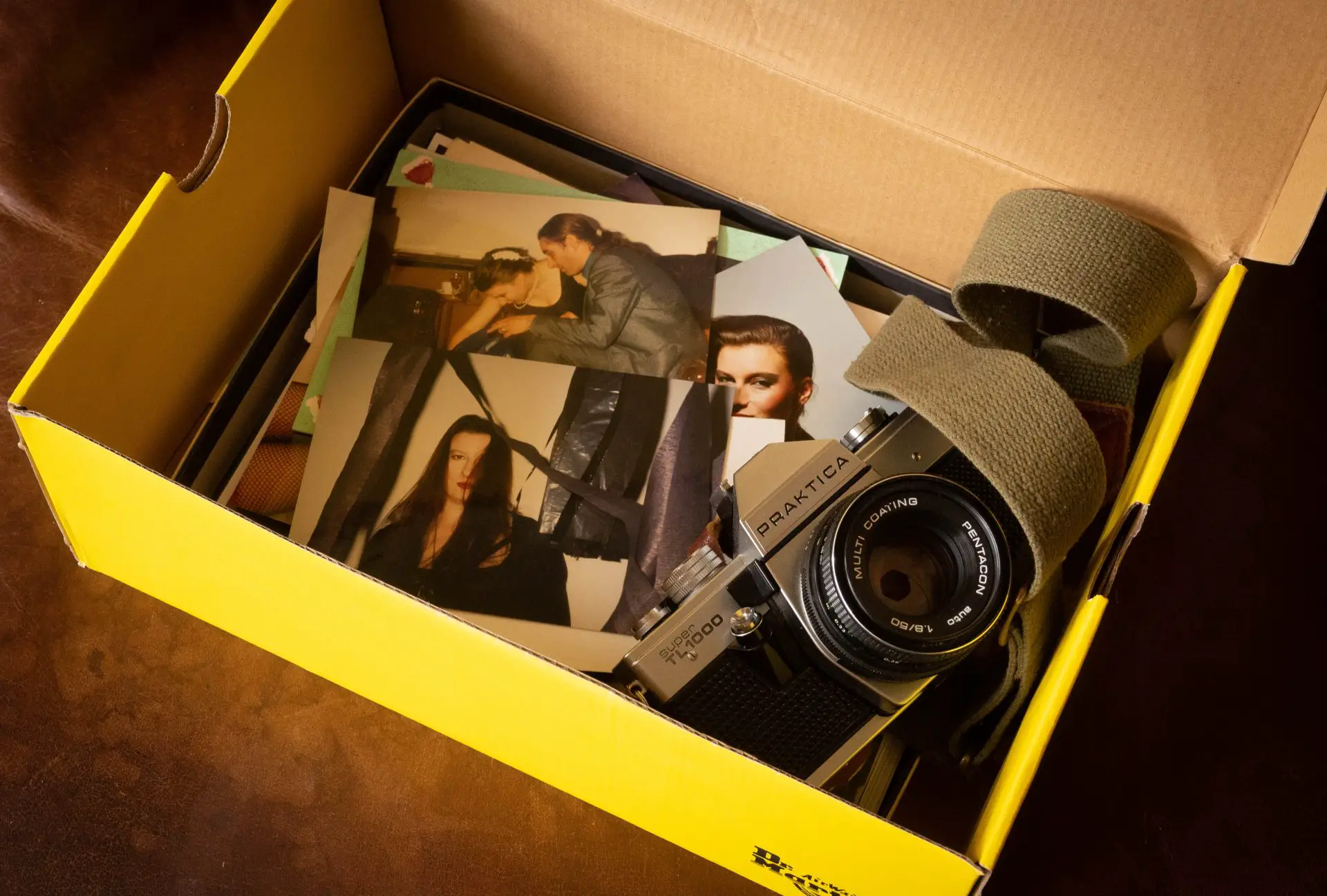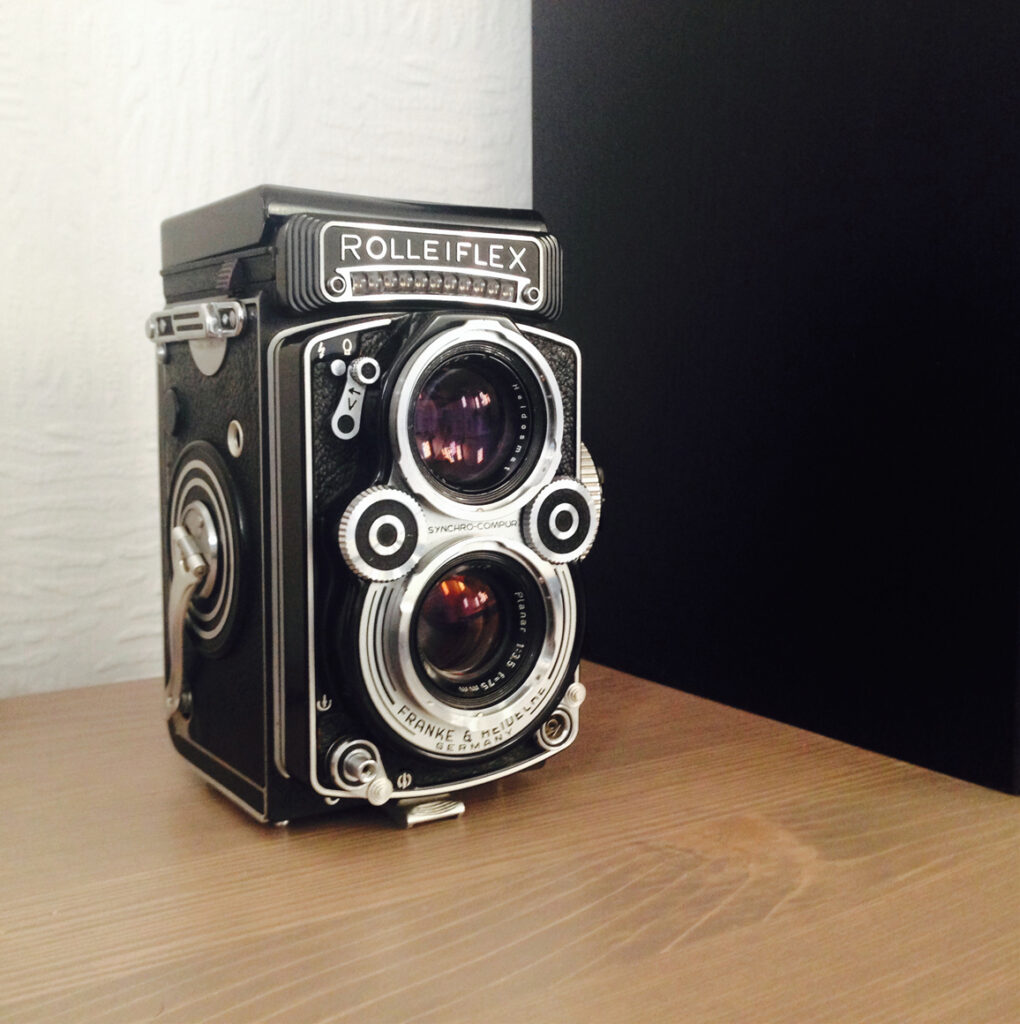For a photographer there is probably very little worse than permanently losing a body of your work. Your images are your expression of your place in the world, and to have thousands of these torn away from you is to lose a part of your identity.
Sadly, I know this only too well as I lost perhaps ten years of my photographic life, and indeed photos of my life, in a hard drive failure about two and a half years ago. I had photos of my children, I had commercial jobs, I had photos of pets that had sadly passed away – all gone.
Of course, it was my own fault, I had one, large external hard drive and no other form of backup. But in my defence, I had a sort of blind faith in the technology born of being one of the earliest professionals to embrace the digital revolution, and of course nothing was going to happen to my images – don’t be daft. I also hadn’t realised the huge sums that companies who specialise in recovering data charge for their services. It runs into thousands of pounds, really! They will happily take in your hard drive giving you a vague quote in the hundreds of pounds, then when they have ‘assessed’ your drive their tone changes. Yes, they have found files and they are prepared to recover them, but now the price is massively hiked. Agreed they have ‘clean rooms’ and highly trained personnel to pay, but I also found them perfectly willing to hold your information ransom, and indeed the company who ended up with my drive wouldn’t even send it back to me for an independent assessment when requested.
But it was still, basically my fault for not backing up – and then backing up some more. But hey, wasn’t digital supposed to make everything simpler?
So, I lost everything. Well not quite everything, I still had the many thousands of film negatives that I’d taken both in my personal and professional life prior to hearing the siren call of digital. They didn’t need backups; they were just there waiting.
This cathartic event got me thinking about the body of work a photographer produces in their life, and about what legacy about our life and times we leave for future generations.
Did you like looking through that shoe box of family snapshots as a kid? Trying perhaps to work out who some of those long-gone people were? Well now those photographs are almost always on our phones, will future generations be able to find your smartphone in a shoe box, figure out your password, and wonder at the images of your life? I doubt it.
When you are dead and gone who will pay the cloud storage fees for you online images? Who will curate the files on your hard drive and make sure they are in a format that can still be read in five years, ten years, a hundred years. Will there still be computer hardware that will mate-up to that hard drive? I mean, try finding a computer to attach a firewire hard drive to these days!
After her death in a nursing home, and the subsequent discovery of hundreds of thousands of black and white and colour photographs locked away in an abandoned storage unit, Vivian Maier’s huge talent is being recognised after a lifetime of obscurity. The problem is with the digital legacy there are unlikely to be any more treasure troves like Vivian’s to discover. All your images will be gone when you are, and to future generations you may as well not have existed. And your wedding and your children’s first steps – they’ll all be gone.
‘Ah people don’t destroy art in that way you may say’ … well as a kid I remember watching the Dr Who serial ‘The Abominable Snowmen’ – that was wiped by BBC in the 1970s (to re-use video tape) and lives on only in still photos and the memories of those like me old enough to have watched. We can still watch Buster Keaton or Gone with The Wind or most feature films and for that matter newsreels from the past because they were shot on film
So nowadays I never shoot anything digitally that I can’t afford to lose – period.
You may think this is a bit paranoid, but the delete button is easy, and once the ephemeral digital information is chaffed, that’s it. Cloud storage is commercialised and in the hands of large entities, so if there is a technical failure there, or even a lack of future proofing, they can hold up their hands and say sorry … but it won’t bring back our memories.
For people who never painted a picture or composed a sonnet, their photographs are ‘personal folk art’ for their times, and because of their efforts we see the photographic age more clearly than any that predated the 1840s and the birth of the camera. We see the horrors of the American Civil war; we see kid playing on London bombsites in the 1940s. But will any of us be faces in faded prints by 2040?
Buy film, shoot film, and fill that shoebox: give your memories a shot at immortality.
Share this post:









Comments
Malcolm Myers on Give Memories a Chance – By Ash Scott-Lockyer
Comment posted: 15/09/2022
I fully agree with the fact that we have to archive our photos in some way. Film is clearly good for that, but one house fire and it's all gone. Your descendants also need to be able to view the negatives some way, and how do you share them out if you have more than one child? Also, will they ever bother to search through tens of thousands of negatives for that one shot they like?
I think you need several strategies, including curating photos keeping the good ones (scans or digital) in some form of curated library you can copy with ease. Oh, and prints.
After Hamish mentioned doing a photo book every year of his kids I've started doing the same for mine, it's a great way to keep the best. I do a calendar every year too.
Comment posted: 15/09/2022
Phil Harrison on Give Memories a Chance – By Ash Scott-Lockyer
Comment posted: 15/09/2022
Ash Scott-Lockyer on Give Memories a Chance – By Ash Scott-Lockyer
Comment posted: 15/09/2022
Seriously I agree about viewing even for negatives - but it's easier to scan a physical negative than to find a lead for a firewire drive - install an operating system that may have become obsolete.
Books are a fabulous idea - and I've produced several of them of late - and I'd encourage others to as well!
Comment posted: 15/09/2022
Ian Hamilton on Give Memories a Chance – By Ash Scott-Lockyer
Comment posted: 15/09/2022
And as for the photos on my phone and on the Cloud …. ????
Photography is a wonderful career/hobby, but sorting and archiving for future generations is really important and needs serious consideration
Comment posted: 15/09/2022
John Tarrant on Give Memories a Chance – By Ash Scott-Lockyer
Comment posted: 15/09/2022
Comment posted: 15/09/2022
Malcolm Myers on Give Memories a Chance – By Ash Scott-Lockyer
Comment posted: 15/09/2022
Don't think you will avoid all data disasters, pretty much everyone has something go wrong at some point. Have some sort of backup plan and keep up to date with new technology. Having all your old photos on Jaz drives is not going to work!
William Watts on Give Memories a Chance – By Ash Scott-Lockyer
Comment posted: 15/09/2022
I have a dedicated laptop which has photos that I consider important to me on and that will be passed on to my heirs along with all the drives
Bill Brown on Give Memories a Chance – By Ash Scott-Lockyer
Comment posted: 15/09/2022
The upside from this effort has been that I can now readily locate images going back to the 1960's. I am in the process of producing two exhibits of separate bodies of work and I can be assured that my family will not inherit a jumbled mess of negs and transparencies. I purchased a pro Epson printer and am making prints as well. It won't just happen. It takes a dedicated effort.
I'm a professional retoucher and have been in the business since 1976. One of my specialties is photo restoration. I can tell you from first hand experience that a hard copy of your precious life moments is irreplaceable. I have the privilege of helping families re-establish a connection with their photographic legacy ( I just did a digital restoration of a daguerreotype). I tell people the sad truth that kids from current digital generations will have amazing photographs of their great great great grandparents but not a single print from their own childhood. My restoration client has a slogan for their business "Someday it will be pleasant to remember".
I have not yet produced any digital books but I have several that are starting to materialize as I get my archive under control. Feeling like it is an actual possibility gives me the drive to press forward. Thanks for writing this story. Archive organization is not the most glamorous thing to do but the joy it will bring to future generations can't be underestimated.
Ash Scott-Lockyer on Give Memories a Chance – By Ash Scott-Lockyer
Comment posted: 15/09/2022
Peter Roberts on Give Memories a Chance – By Ash Scott-Lockyer
Comment posted: 15/09/2022
Look after those shoeboxes. The loss of them would be, as it was for me, absolutely heartbreaking.
Dan Castelli on Give Memories a Chance – By Ash Scott-Lockyer
Comment posted: 17/09/2022
Give Memories a Chance – By Ash Scott-Lockyer - News on Give Memories a Chance – By Ash Scott-Lockyer
Comment posted: 19/09/2022